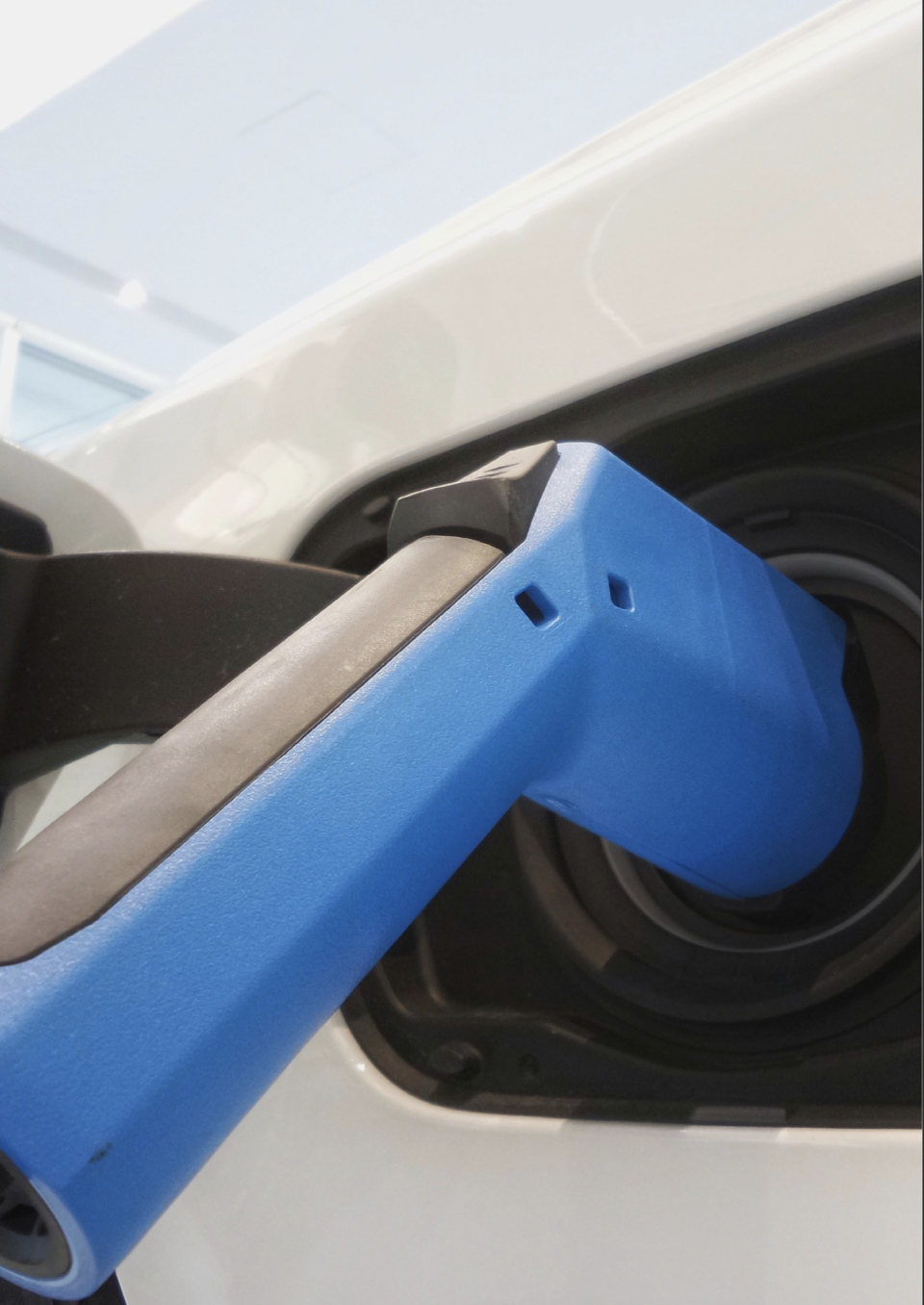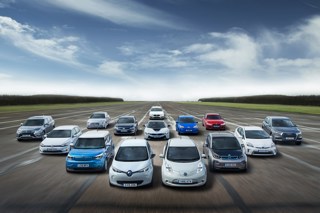Switching drivers from internal combustion engine (ICE) vehicles to electric vehicles (EVs) will not reduce their carbon footprint enough to meet net zero targets, according to TMC research.
A study conducted by TMC and validated by Thrust Carbon analysed thousands of trip inventories of people travelling across Europe in order to draw comparisons on the carbon emissions of an individual using car rental, taxi and own car (including different powertrains) and an individual using the different available rail options.
It found that an ICE vehicle (petrol or diesel) equates to 0.09 tonnes of CO2e. A hybrid vehicle reduces this by 37% to 0.06 tonnes and an EV reduces this further to 0.03 tonnes.
When compared with the average CO2e of the different rail options, there are clear carbon savings. TMC found that compared to ICE vehicles, there’s an 82% difference when using rail. With hybrid, there’s a 72% reduction and with an EV, there’s a 42% reduction.
Stuart Donnelly, president of mobility at The Miles Consultancy, said: “The real challenge for businesses is how to steer sustainable decision-making when employees move from A to B, as this is conventionally across ground decided by the employee.”
Many fleets have sought to decarbonise by looking at transitioning from ICE to EV, but TMC says its findings suggest that this is not enough and businesses need to increase their utilisation of shared mobility alongside EV transition to achieve the improved reductions in carbon output on the road to net zero.
Donnelly added: “Decarbonising our fleets is not enough to get to net zero and moreover, you cannot decarbonise your suppliers fleets, and the issue is compounded by the fact, you typically cannot steer your employees choice of mode or supplier at point of sale, which unlike air and hotel is commonly the issue with ground transport.”
As part of the Paris Agreement’s net zero target by 2050, each person globally must reduce their carbon footprint from an average today of 4.79 tonnes of CO2e. to 2.0 tonnes of CO2e.
Based on the case study, the annualised figure of the described user profile who’s predominant method of travel is car, rental and taxi is 4.41 tonnes of CO2e – that’s equivalent to 92% of an individual’s annual average of 4.79 tonnes. This is before any other day-to-day aspects like household energy or food.
> Interested in comparing electric vehicle data? Check out our EV tool.
> Interested in ensuring the efficient use of EVs. Check out our dedicated editorial sections: Insight & policy | EV news | Charging & infrastructure | Costs & incentives | Benefit-in-kind | EV case studies | EV road tests























Login to comment
Comments
No comments have been made yet.